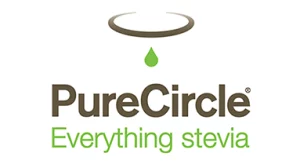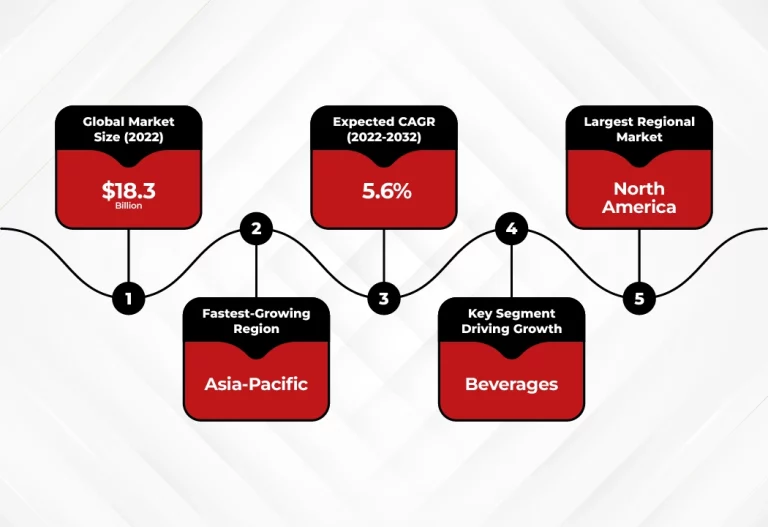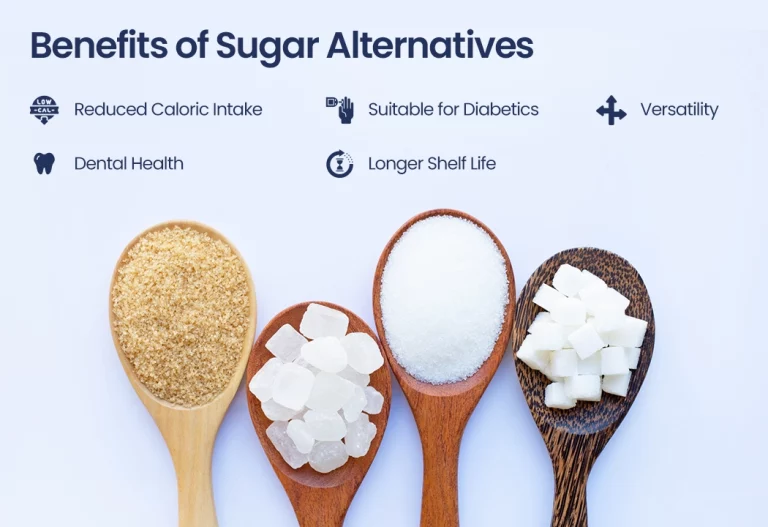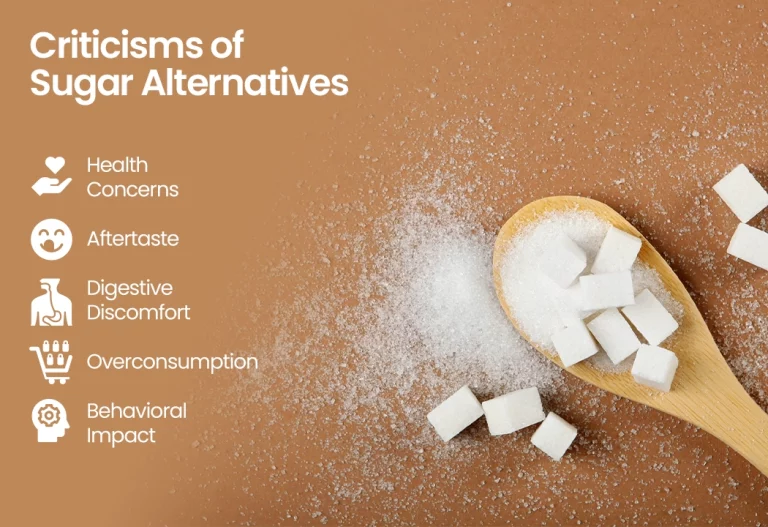Transform your IP strategy from ideation to drafting, management to monetization with our cutting-edge hybrid solutions powered by generative AI & LLMs!
Transform your IP strategy from ideation to drafting, management to monetization with our cutting-edge hybrid solutions powered by generative AI & LLMs!

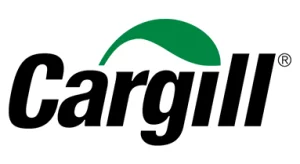

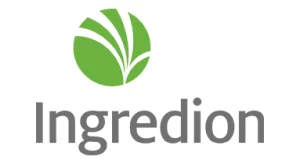 A pivotal player in the ingredient solutions space, Ingredion offers a suite of sugar alternatives and specializes in integrating these into complete food solutions for manufacturers.
A pivotal player in the ingredient solutions space, Ingredion offers a suite of sugar alternatives and specializes in integrating these into complete food solutions for manufacturers. 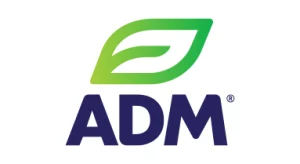
 A titan in the global markets, DuPont’s Nutrition & Biosciences division offers a wide range of sugar substitutes, including xylitol, lactitol, and various other polyols.
A titan in the global markets, DuPont’s Nutrition & Biosciences division offers a wide range of sugar substitutes, including xylitol, lactitol, and various other polyols. 
